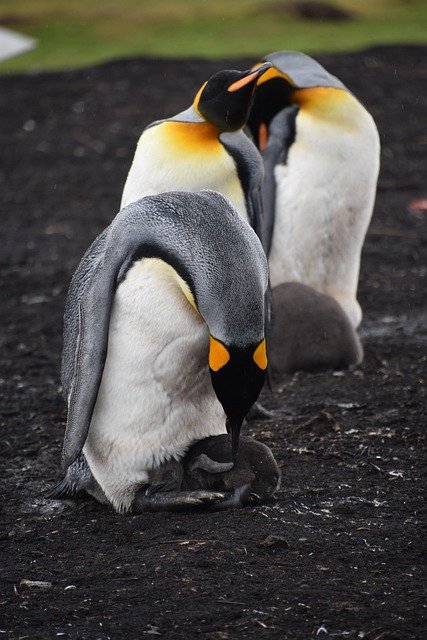**Title: "The Remarkable Adaptations of Penguins: Masters of the Cold"** **Overview

The Remarkable Adaptations of Penguins: Masters of the Cold
Introduction
Penguins are fascinating flightless birds that have evolved to thrive in some of the harshest environments on Earth. With their unique adaptations, these remarkable creatures have become masters of the cold. In this post, we will explore the various adaptations that enable penguins to survive and thrive in icy habitats.
Physical Adaptations
1. Streamlined Bodies
Penguins possess a streamlined body shape that reduces drag while swimming. Their torpedo-like form allows them to maneuver efficiently through the water, making them agile hunters.
2. Insulating Feathers
Penguins have a layer of densely packed feathers that provide excellent insulation. The feathers are waterproof, which helps keep their bodies dry and warm in frigid temperatures. Below this layer, a thick layer of fat (blubber) further insulates them from the cold.
3. Specialized Flippers
Unlike other birds, penguins have evolved flippers instead of wings. These flippers are adapted for swimming, allowing them to propel themselves through the water with remarkable speed and agility.
Behavioral Adaptations
1. Social Structure
Penguins are highly social animals that often live in large colonies. This social structure helps them to stay warm in the cold by huddling together, sharing body heat during harsh weather conditions.
2. Parental Care
Penguins exhibit remarkable parental care, with both parents taking turns incubating eggs and feeding chicks. This cooperation ensures the survival of their young in a challenging environment.
3. Foraging Strategies
Penguins have developed efficient foraging strategies to find food in icy waters. They can dive to great depths and hold their breath for extended periods, allowing them to hunt for fish, squid, and krill.
Conclusion
Penguins are truly remarkable creatures, showcasing a unique blend of physical and behavioral adaptations that allow them to thrive in cold environments. Their resilience and ability to navigate the challenges of their icy habitats make them one of nature's most extraordinary examples of adaptation. Understanding these adaptations not only deepens our appreciation for penguins but also highlights the importance of conserving their habitats in a changing world.
Call to Action
If you’re fascinated by penguins and their adaptations, consider supporting wildlife conservation efforts aimed at protecting their natural habitats. Together, we can ensure that these masters of the cold continue to thrive for generations to come!
